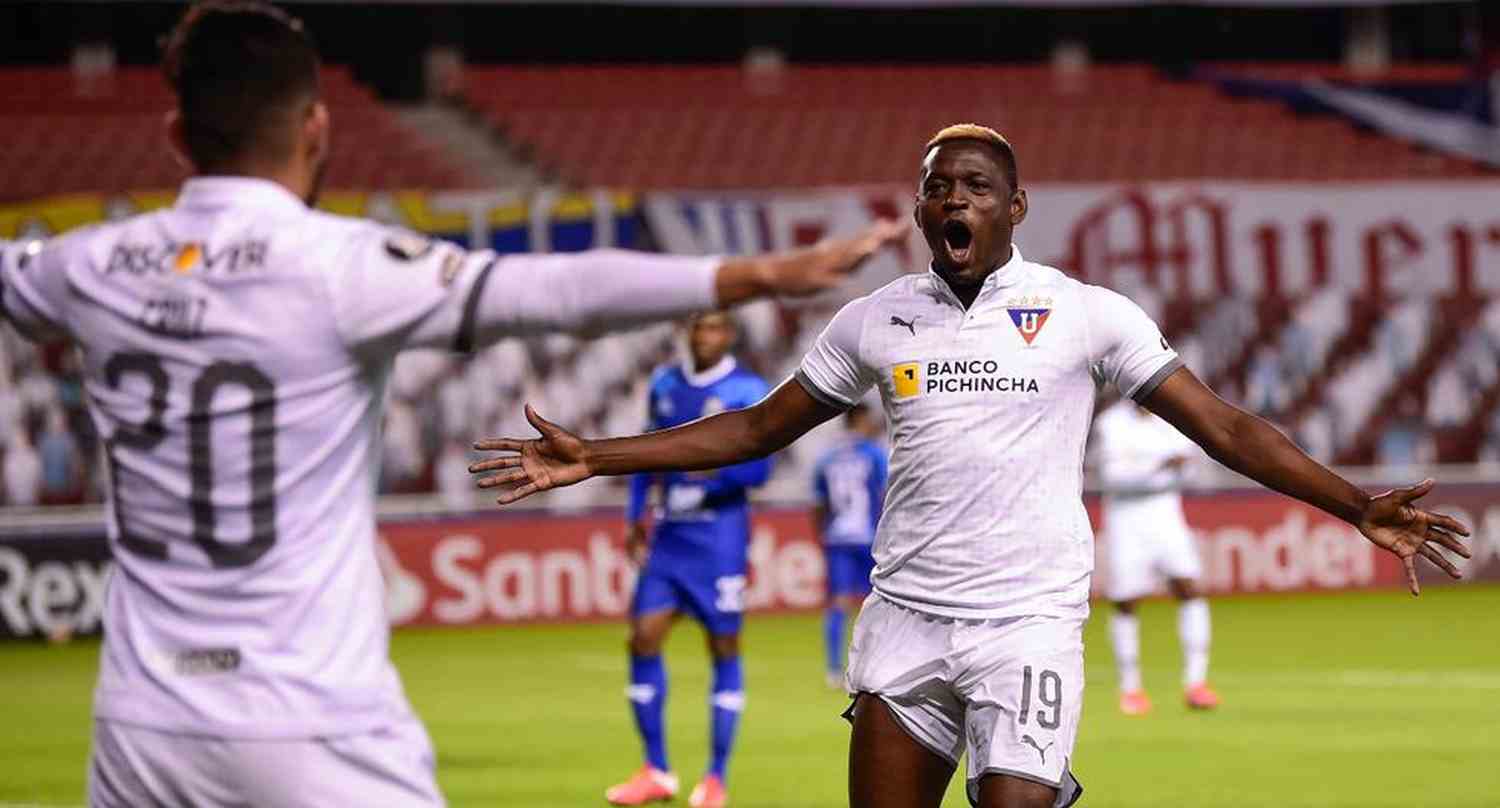The rivalry between LDU Quito and Aucas is one of the most captivating narratives in Ecuadorian football. Rooted in deep historical, cultural, and socio-economic contexts, this rivalry transcends the football pitch, encapsulating local pride, community identity, and the historical tensions between different neighborhoods in Quito. This article seeks to explore the origins, evolution, and significance of the LDU Quito and Aucas rivalry, delving into the socio-cultural dynamics that fuel this passion.
Historical Background of Quito
Quito, the capital of Ecuador, is a city steeped in history. Founded in 1534, it has served as a pivotal point for various cultures, from indigenous tribes to Spanish colonizers. The city’s rich heritage is reflected in its architecture, culture, and, importantly, its sports. Football, introduced by European settlers, quickly became a popular pastime, leading to the formation of various clubs in the early 20th century.
The Formation of LDU Quito and Aucas
In the early 20th century, the landscape of football in Quito began to take shape with the establishment of clubs that would become significant players in Ecuadorian football.
- LDU Quito: Founded in 1919, Liga Deportiva Universitaria (LDU) emerged from the need for a club that represented the university community and the wider middle-class populace.
- Aucas: Founded in 1945, Sociedad Deportiva Aucas was born from the working-class neighborhoods of Quito, particularly from the Aucas area, which contributed to its identity as a club that represented the local community and its struggles.
These foundational differences laid the groundwork for a rivalry that would be fueled by social, economic, and cultural contrasts.
The Socio-Economic Divide
One of the cornerstones of the LDU Quito and Aucas rivalry is the socio-economic divide between the two clubs and their supporters. LDU Quito has historically attracted a more affluent fanbase, while Aucas has been the team of the working class.
- Affluence vs. Struggle: LDU is often seen as a team representing the educated elite, with a significant following among students and professionals. Meanwhile, Aucas embodies the spirit of the common people, often fighting against the odds.
- Community Identity: The rivalry reflects the broader socio-economic disparities in Quito, with LDU representing the middle and upper class, and Aucas serving as a symbol of the underprivileged.
This socio-economic divide not only intensifies the rivalry but also fosters a sense of belonging and pride among supporters of both teams.
Key Moments in the Rivalry

The rivalry has seen many memorable moments that have shaped its narrative over the years. Some notable encounters include:
- El Clásico Quiteño: Matches between LDU and Aucas are often referred to as “El Clásico Quiteño.” These games are highly anticipated events that draw massive crowds and create an electric atmosphere.
- Historic Matches: In 2015, LDU faced Aucas in a match that ended in a thrilling 3-2 victory for LDU, highlighting the competitive nature of the rivalry.
- Cups and Championships: Both teams have competed for various titles, with LDU having a more successful history in international tournaments, further fueling the rivalry as Aucas aims to make its mark.
These encounters not only serve as sporting events but are also cultural phenomena that unite or divide communities, showcasing the deep-seated emotions tied to each club.
Cultural Impact and Legacy

The LDU Quito and Aucas rivalry extends beyond the football field, influencing the cultural landscape of Quito and Ecuador as a whole. The impact can be seen in various aspects:
- Art and Music: The rivalry inspires local artists and musicians, with songs and artworks celebrating the teams and their histories.
- Community Events: Matches often lead to community celebrations or gatherings, reinforcing local culture and identity.
- Media Coverage: The rivalry garners significant media attention, with analyses, commentary, and coverage that help shape public perception and engagement.
The Future of the Rivalry

As Ecuadorian football continues to evolve, the LDU Quito and Aucas rivalry is likely to adapt to new dynamics. Factors influencing its future include:
- Emerging Talent: Both clubs invest in youth academies, which may lead to new talent emerging from their ranks, thereby intensifying the competition.
- Changing Demographics: As Quito grows and changes, the fan demographics may shift, impacting the traditional socio-economic divides.
- International Influence: The globalization of football may bring new challenges and opportunities for both clubs, potentially altering their standings in national and international competitions.
Conclusion: The Heart of Quito’s Football Culture

The rivalry between LDU Quito and Aucas is a rich tapestry woven from historical, cultural, and socio-economic threads. It represents more than just a competition for trophies; it embodies the spirit of Quito and its people. As these two clubs continue to compete, their rivalry will undoubtedly evolve, but the passion and pride that fuel it will remain constant.
Understanding this rivalry offers valuable insights into the complexities of Ecuadorian society and the role that football plays in shaping community identity. The future may hold new challenges, but the essence of this rivalry will continue to resonate within the hearts of its supporters, ensuring that it remains a defining feature of Quito’s cultural landscape.